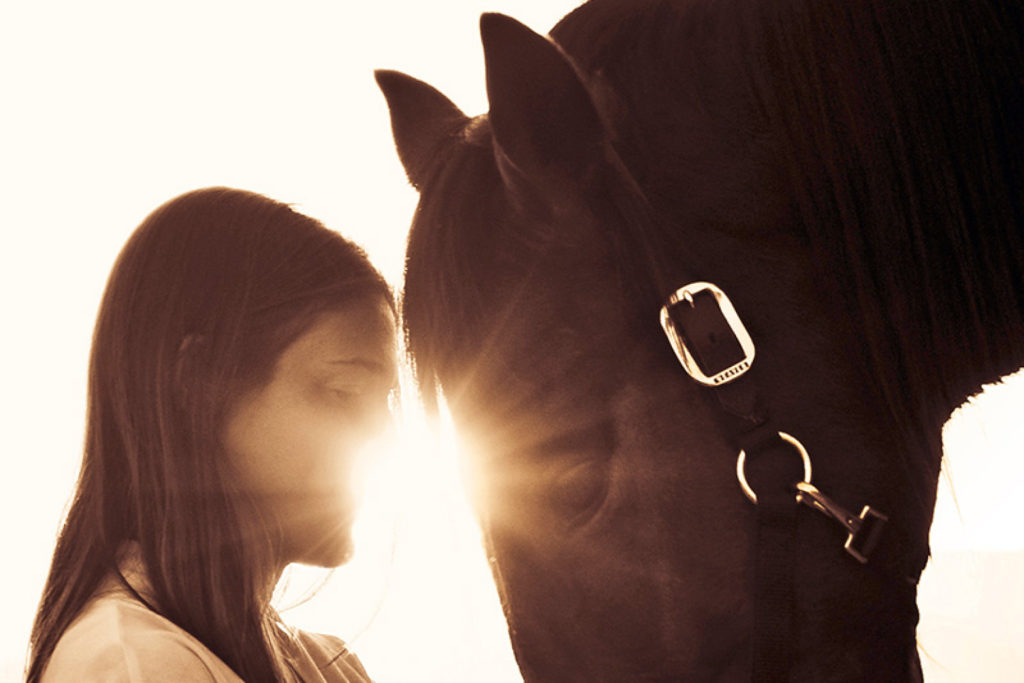Equine Assisted Therapy Explained – EAT
Equine Assisted Therapy Explained – EAT
By: Carma Wadley
Deseret News Senior Writer – Desert Digitial Media 2017
Contact us for a no obligation Equine Assisted Therapy insurance quote today!

Equine-Assisted Therapy Explained – (EAT) :
There are distinctive types of equine therapy, but they all involve the use of horses. There’s equine-assisted therapy (EAT), equine-assisted psychotherapy (EAP), and equine-assisted learning (EAL), equine-facilitated learning (EFL), and equine-facilitated psychotherapy (EFP).
Equine therapy is practiced around the world. Originally used to help patients recover from traumatic injuries, it then became a widely-used therapeutic method to treat physically handicapped individuals. In recent years, equine assisted therapy has branched off into other areas – treating a wide variety of psychological and mental disorders and addiction.
What are the Benefits of Equine Assisted Therapy?
Many of the benefits of equine therapy are likely due to the nature of the animals with which the patient and equine therapist are interacting. Horses are typically non-judgmental, have no preconceived expectations or motives, and are highly effective at mirroring attitudes and behaviors of the humans with whom they are working.
While working with horses under the guidance and supervision of an equine therapist, equine therapy patients have a unique and effective opportunity to note their tendency to engage in self-defeating and otherwise negative thoughts and actions. These realizations provide excellent bases for discussion and processing both during and after the equine therapy experience.
Studies have indicated that equine therapy has been successful in helping patients show marked improvements in the following areas:
- Assertiveness
- Emotional awareness
- Empathy
- Social responsibility
- Stress tolerance
- Flexibility
- Impulse control
- Self-regard
- Problem-solving skills
- Self-actualization
- Independence
- Interpersonal relationships
Behavioral Therapy Enters a New Arena
Equine Assisted Therapy Explained – EAT

The assignment seemed fairly easy: Two five-member teams each had to get their horse to jump over a board placed across two buckets in the center of the arena.
Then Greg Kersten spelled out the conditions:
(1) They Could Not Touch The Horse
(2) They Could not bribe or simulate bribing of the horse.
(3) They could not use anything outside the arena.
(4) They could not use ropes or halters.
(5) They could not talk to other team members.
Finally, the teams realized they had been focusing only on what they couldn’t do instead of what they could do. They could enlist the help of other people standing inside the arena. They could move the horses into a round holding pen that was part of the arena. They could move the jump in front of the door of the pen. They could complete their task.
So, Kersten asked, what resulted in success? Teamwork. Making the boundaries smaller, more defined. Learning from the mistakes of others. A change of attitude. “Going from the idea of ‘stupid horse’ to looking for creative solutions made a big difference.”
The exercise was part of a demonstration of how horses can be used in behavioral therapy, sponsored by EGALA — Equine Assisted Growth and Learning Association, a national nonprofit certification and education organization. Directing the demonstrations were Kersten, a former addictions counselor, and Lynn Thomas, a licensed clinical social worker, who own and operate Equine Services Inc., a company based in Santaquin.
Participating in the activities at the Draper Arena were a group from Heritage School in Utah County, as well as some interested families from the area. Also on hand was Bill Boswell, a well-known horse trainer from Goshen.
But the idea, said Thomas, is to use a non-verbal communicator — the horse — to teach humans about themselves and their interactions with others, as well as to improve their communication skills.
And horses are great teachers, said Kersten, who wore a T-shirt proclaiming “I’d rather be on a horse than on drugs.”
Amanda Carpenter and Amanda Whissler, substance-abuse counselors at House of Hope who recently completed a three-day EGALA Level I certification program in Palos Verdes, Calif., agree. “We had a total epiphany,” said one of the Amandas. “We don’t want to do any therapy without horses,” said the other.
There is something magical about the human-horse bond, about the energy levels involved, they say. “A lot of animals are used in therapy,” said Whissler. But with horses, there’s the respect factor. “You can’t bully them. If you give respect, you get respect.”
One of the activities in their certification session involved putting a client on the back of a horse, which then circled around the therapist as the therapist asked questions. “And you could tell if the person was lying,” said Carpenter. “The energy levels were totally different. The person who was lying was tense, would grip the horse harder, would find it harder to manipulate the horse, to the point where the horse would stop. The response of the horse to that non-verbal communication was just amazing.”
You get a horse to stop by coming up in front of it, he said, just as you get a person to stop. You can get it to move by applying pressure from behind. “But side-by-side is the relationship zone. That’s where you have to feel comfortable — with horse or with human.”
What does it take to build that relationship? “Looking, listening and following directions,” he said. “Those are the three ingredients involved in respect. That’s true for horses. That’s true for humans.”
It’s amazing, he said, how you can use horses to break down the things you do all the time into simple lessons. “And once you learn it with horses, it’s easier to transfer it to people.”
Equine Assisted Psychotherapy, or EAP as it is called, is a relatively new field. EGALA, established to promote, educate and provide standards of practice, ethics and safety in the field, is just a year old. “We want people to know that EAP is more than horsemanship and riding classes,” said Thomas.
Equine therapy, which involves clinical professionals, has been shown to be effective in treating a variety of mental health and human development needs, she said, such as behavioral issues, attention deficit disorder, substance abuse, eating disorders, abuse issues, depression, anxiety, anger management, conflict resolution, relationship problems and communications. They do corporate retreats and family sessions and work with troubled teens.
Why horses? They offer several advantages, said Kersten. For one thing, their size offers a perfect opportunity for some to overcome fear and develop confidence. “Accomplishing a task involving the horse, in spite of those fears, creates confidence and provides for wonderful metaphors for dealing with other intimidating and challenging situations.”
Horses are social animals, with distinct personalities, attitudes and moods. Working with them and caring for them requires effort — there’s no easy way out. No quick tricks.
Most importantly, said Kersten, horses have the ability to mirror exactly what human body language is telling them. People complain that the horse is stubborn or antagonistic. “But the lesson to be learned is that if they change themselves, the horses respond differently.”
And that’s a lesson well worth learning.
Equine Assisted Therapy Explained – EAT for more information contact EGALA toll-free at 877-858-4600; or visit the Web site: www.eagala.org


